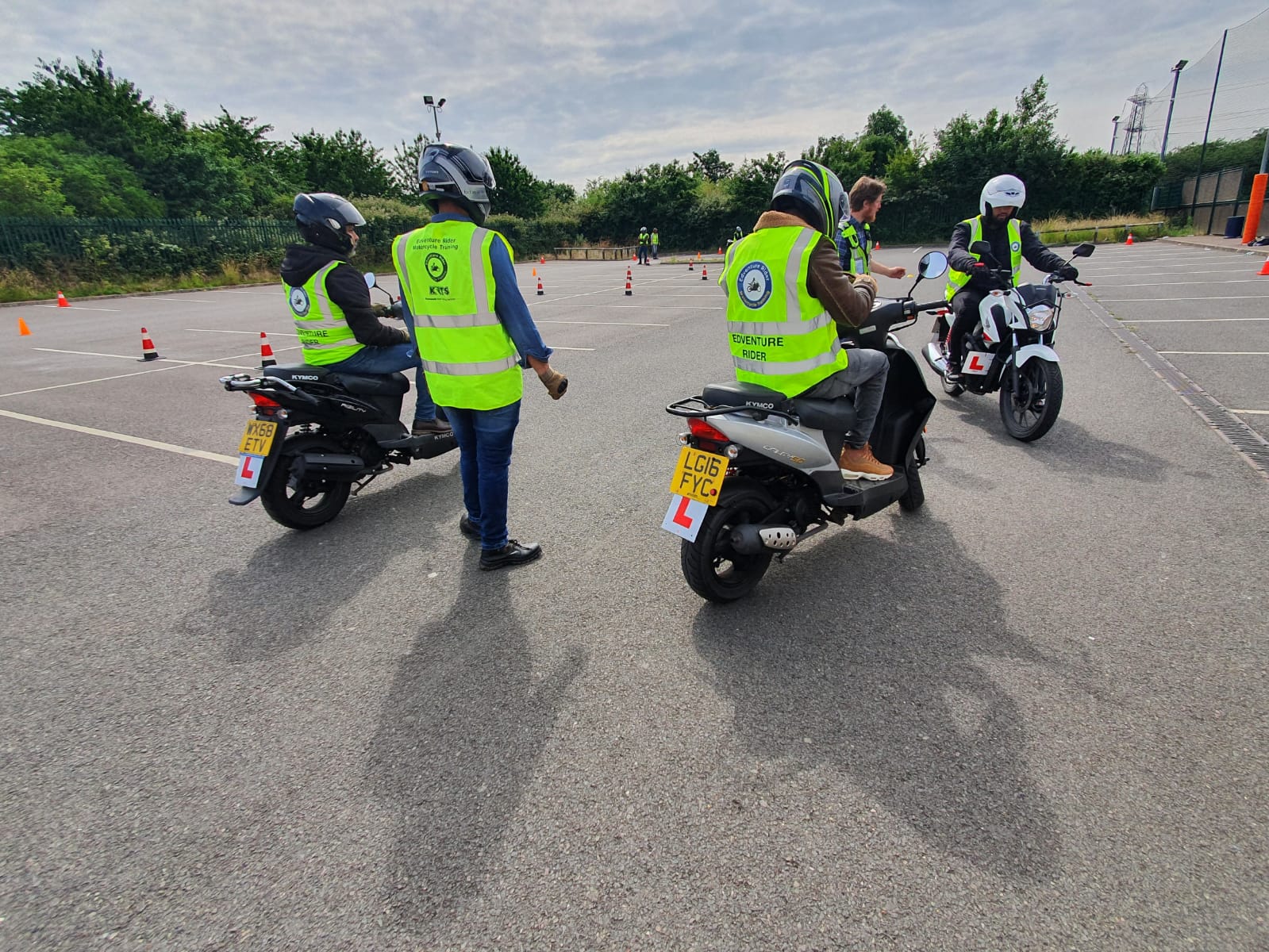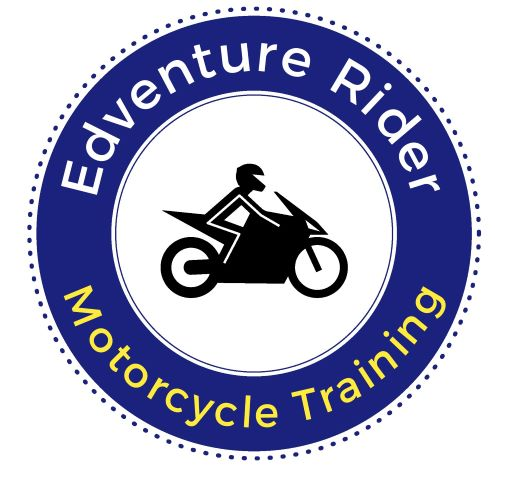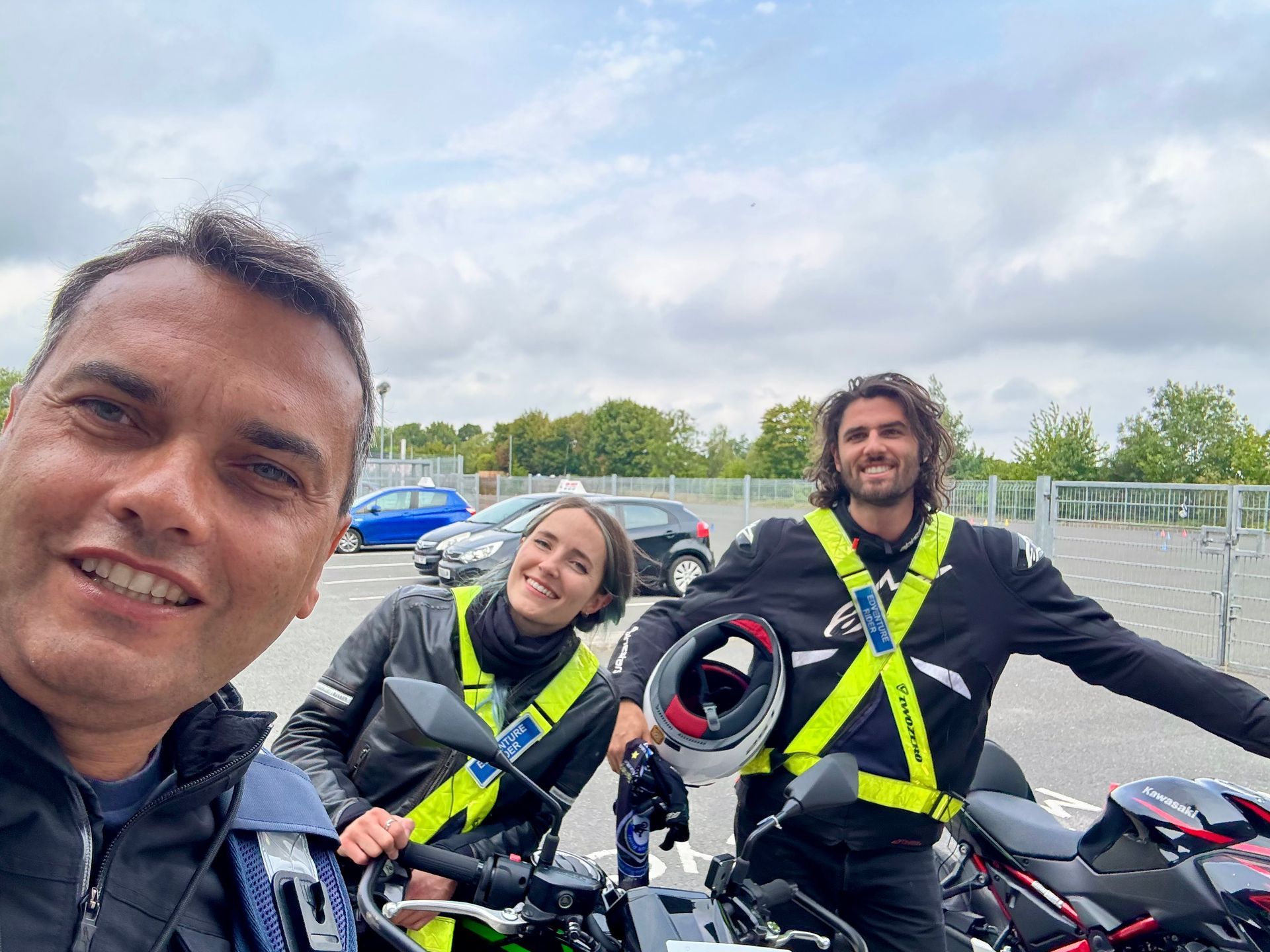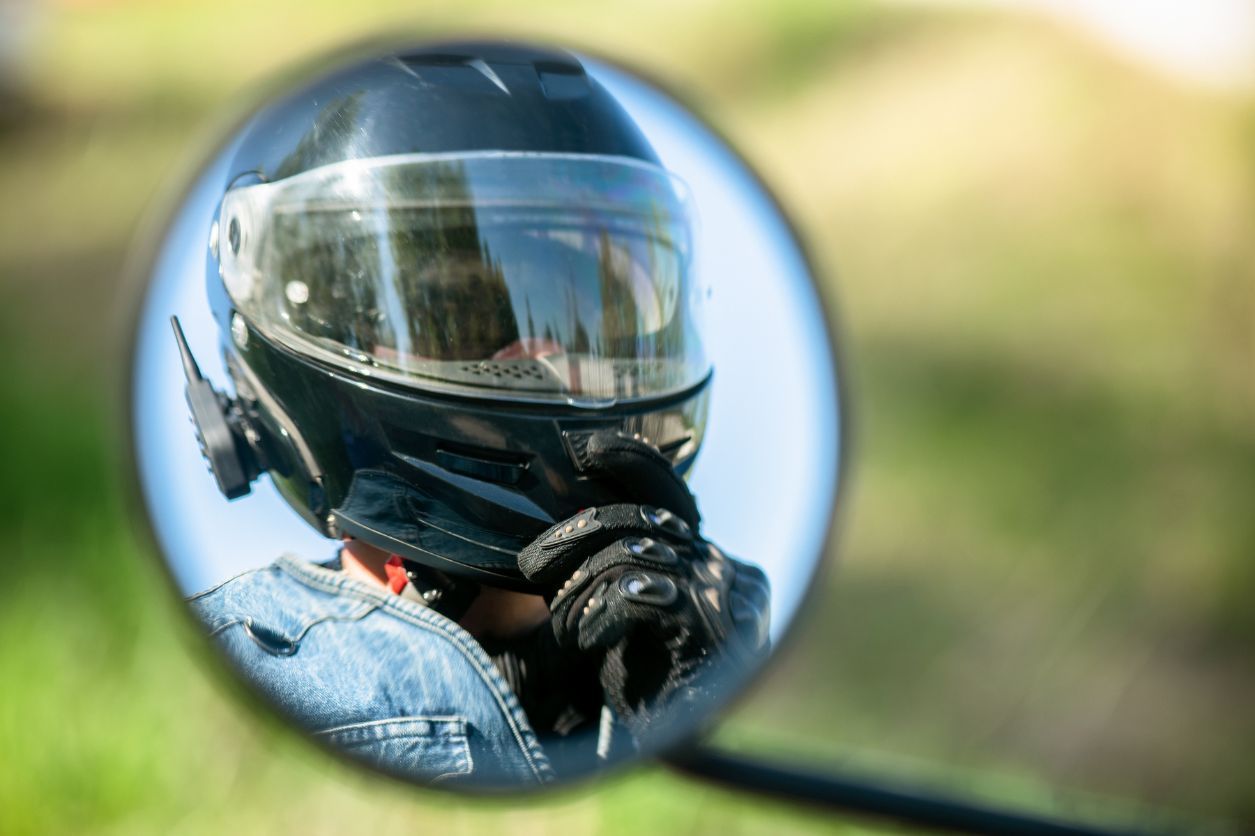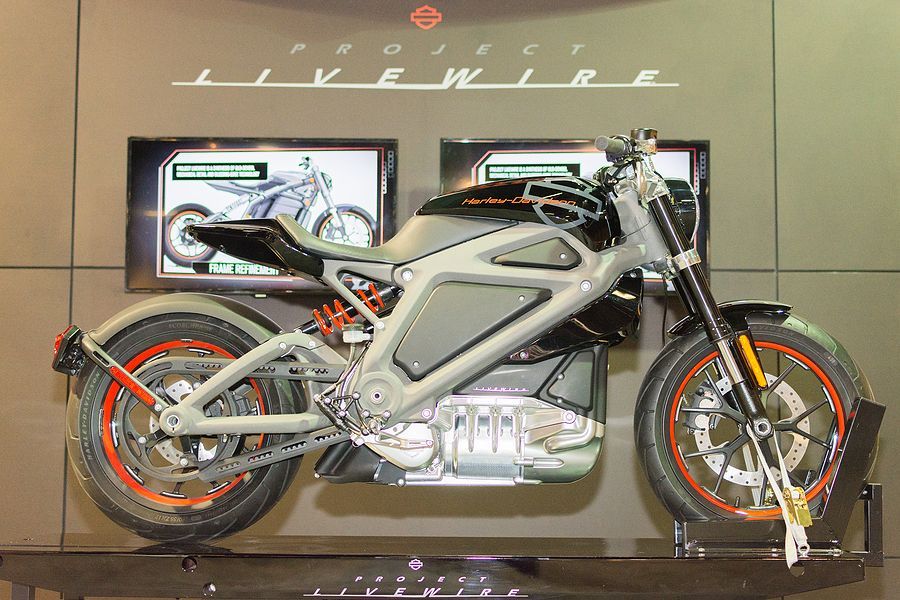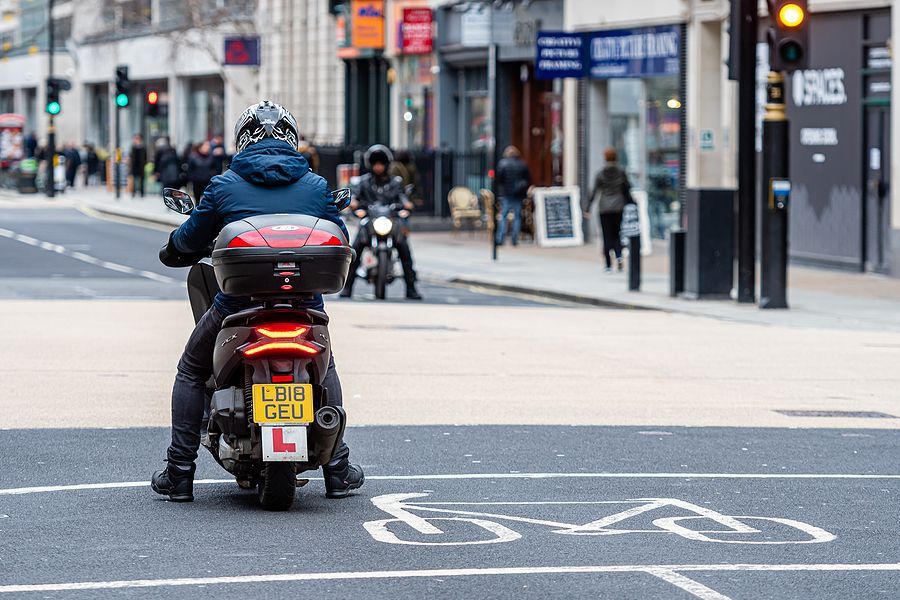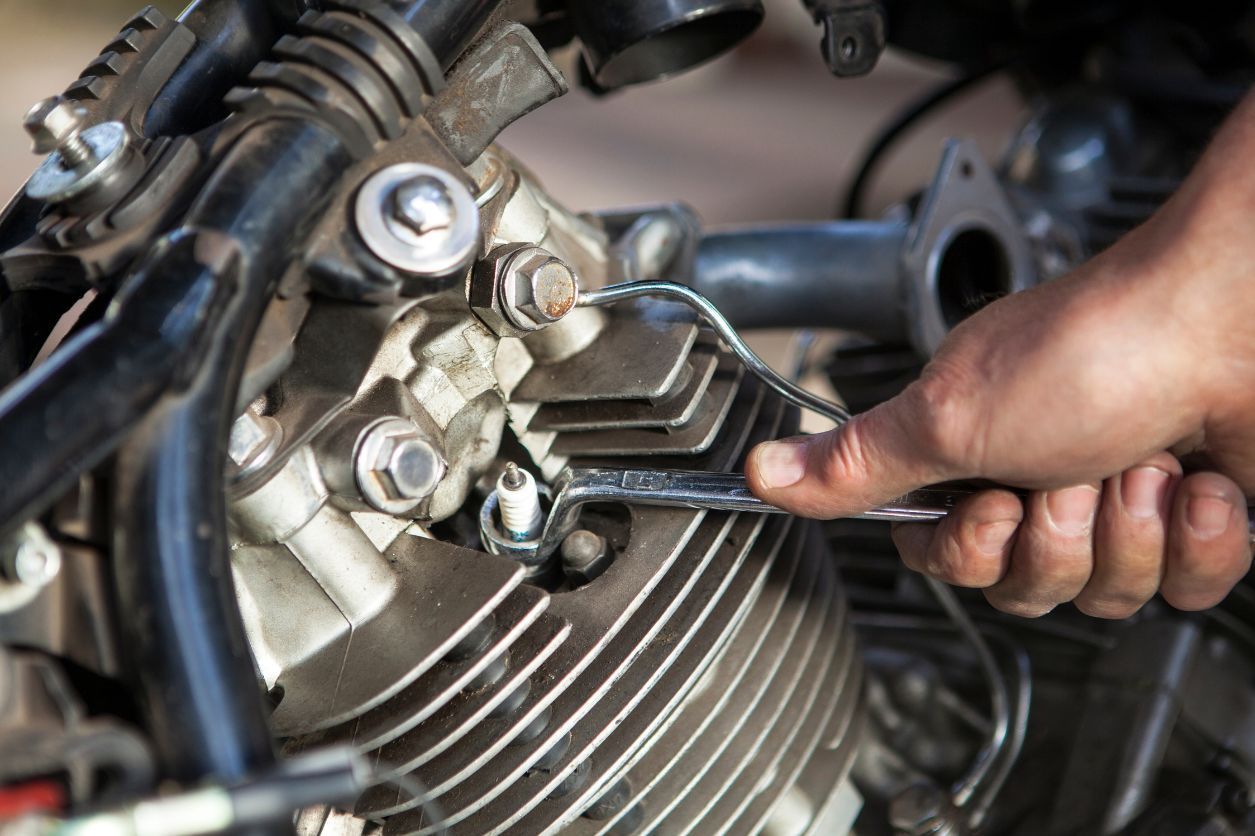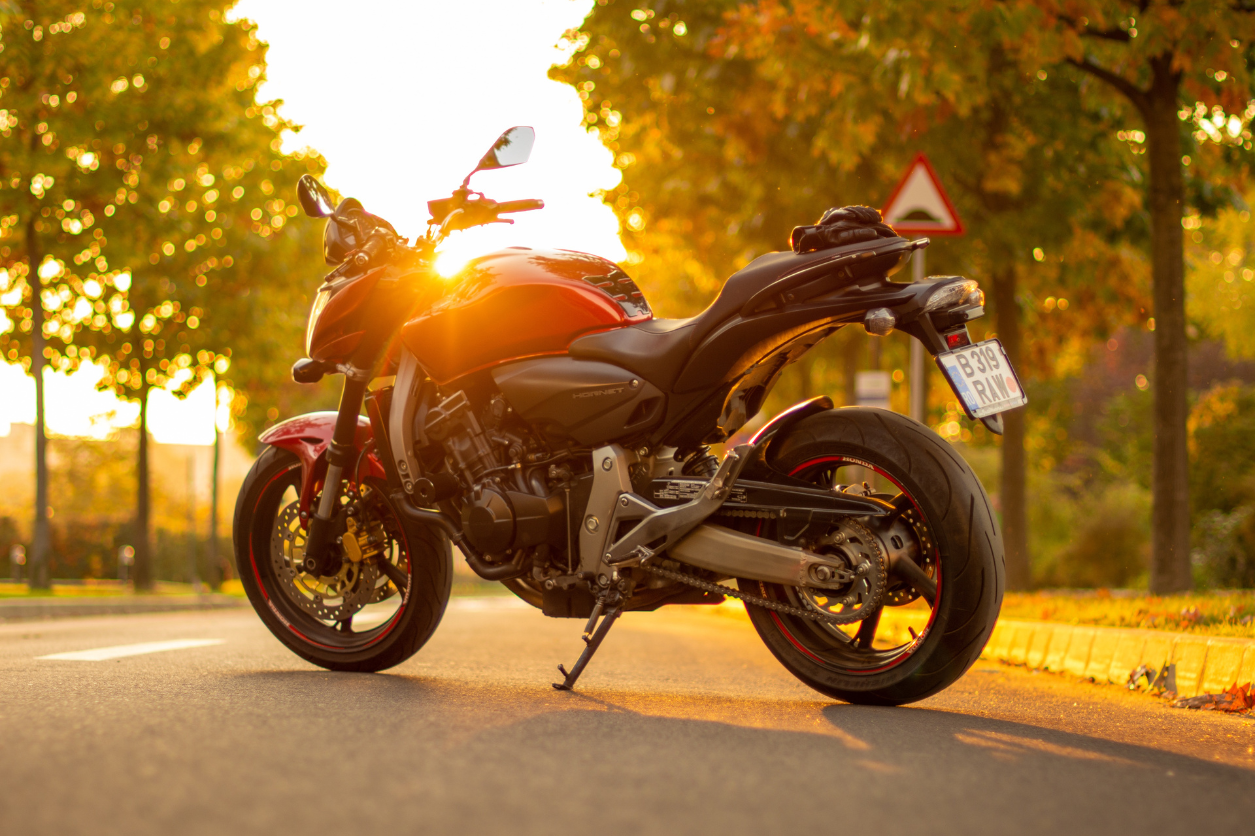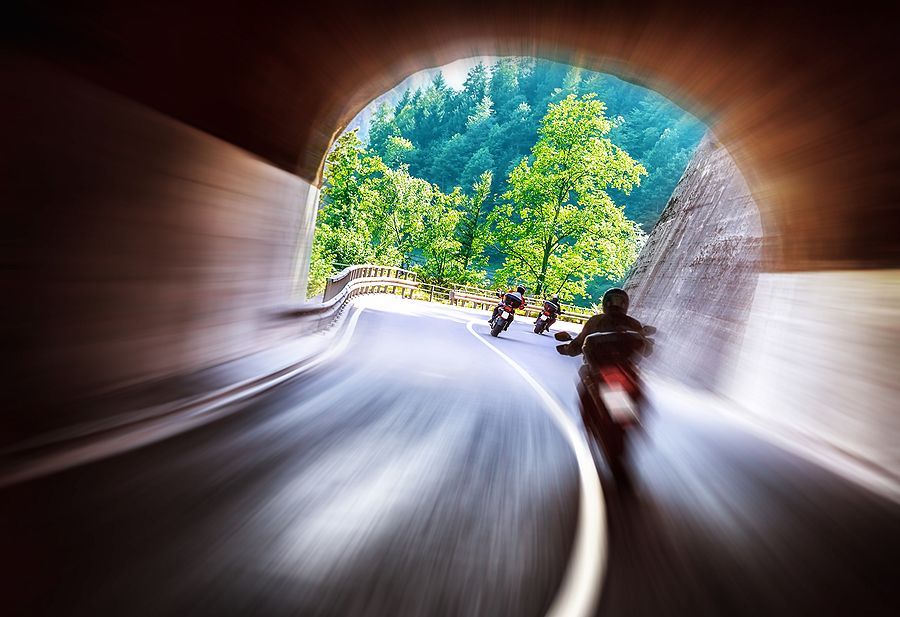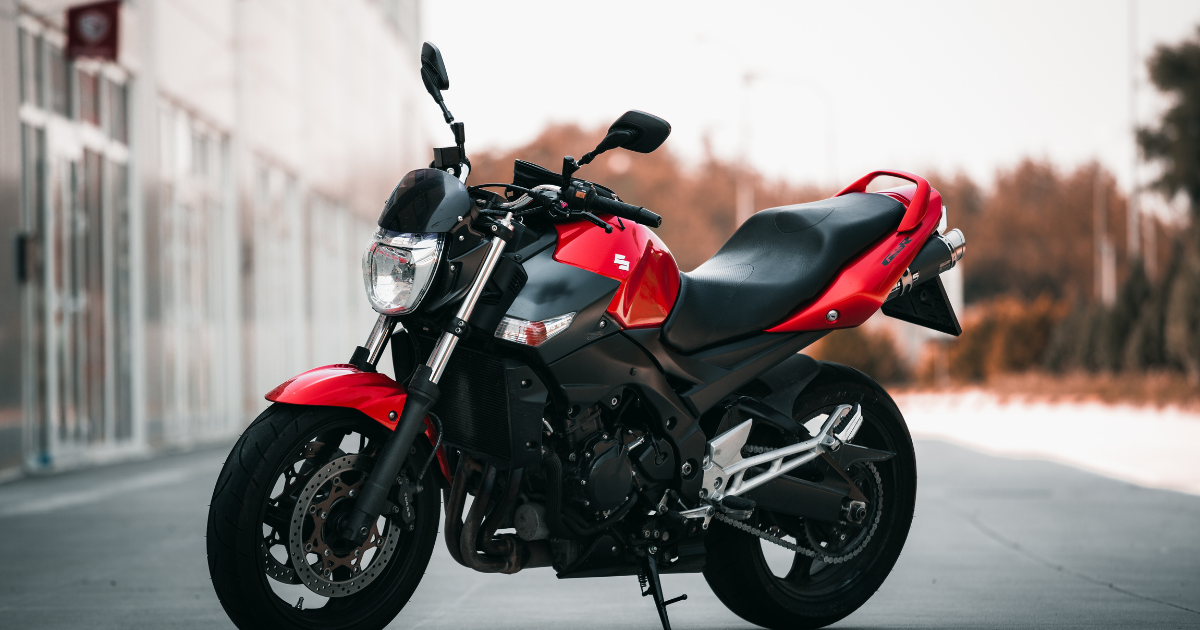How An Ambitious Attempt To Make A Friendly Bike Failed
A big question asked by motorcycling enthusiasts is how to introduce new people to the wonderful world of two wheels.
One of the best answers is consistency. A bike that can be piloted at a
motorcycle driving school and is forgiving enough to allow for the teaching of how to ride safely and legally is essential.
Often this requires the use of a layout that is as standardised as possible, so if someone relies on muscle memory they are not going to end up in trouble.
Honda, on the other hand, despite having some very capable entry-level bikes, thought differently, and with that in mind set to develop a new concept for an easy-to-use bike that would make it even easier than before to learn and ride safely.
The Honda DN-01 (Dream New - Concept One) was not only a rare example of a motorbike with both anti-lock brakes and automatic transmission but had a gearless gearbox.
Instead, it had a continuously variable transmission (CVT), rather ambitiously described in Honda’s marketing as “Human-Friendly Transmission”.
A CVT means that a rider does not ever have to use the clutch or switch gears, and the design of the bike was an unusual crossover of a scooter, a cruiser and a sportbike.
The problem was that whilst it tried to be a jack-of-all-trades, it ended up failing at every single one of them.
It was not very comfortable for long rides, making it not very good as a cruiser, it lacked storage space and practicality, which meant that the type of commuters who would buy a scooter were unhappy, and the performance left something to be desired.
The DN-01 had a 680cc V-Twin engine, which was not powerful enough for the sportbike class, and the design of the bike meant that it became increasingly tiring to drive at speed due to the effects of the wind.
Ultimately, it garnered the unfortunate nickname of “Do Not Order One”, which few people did given that its initial price was over £12,000.
